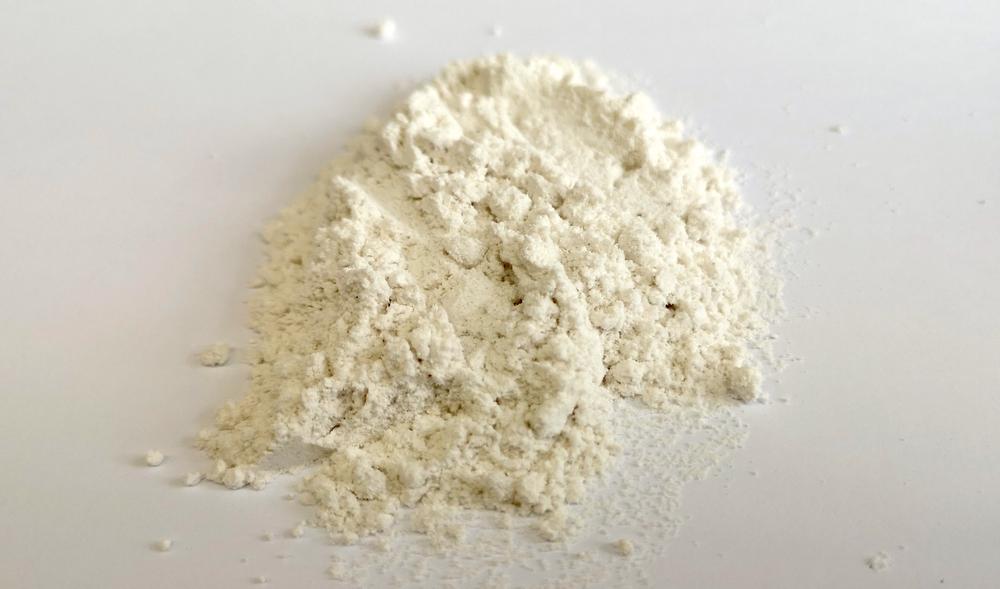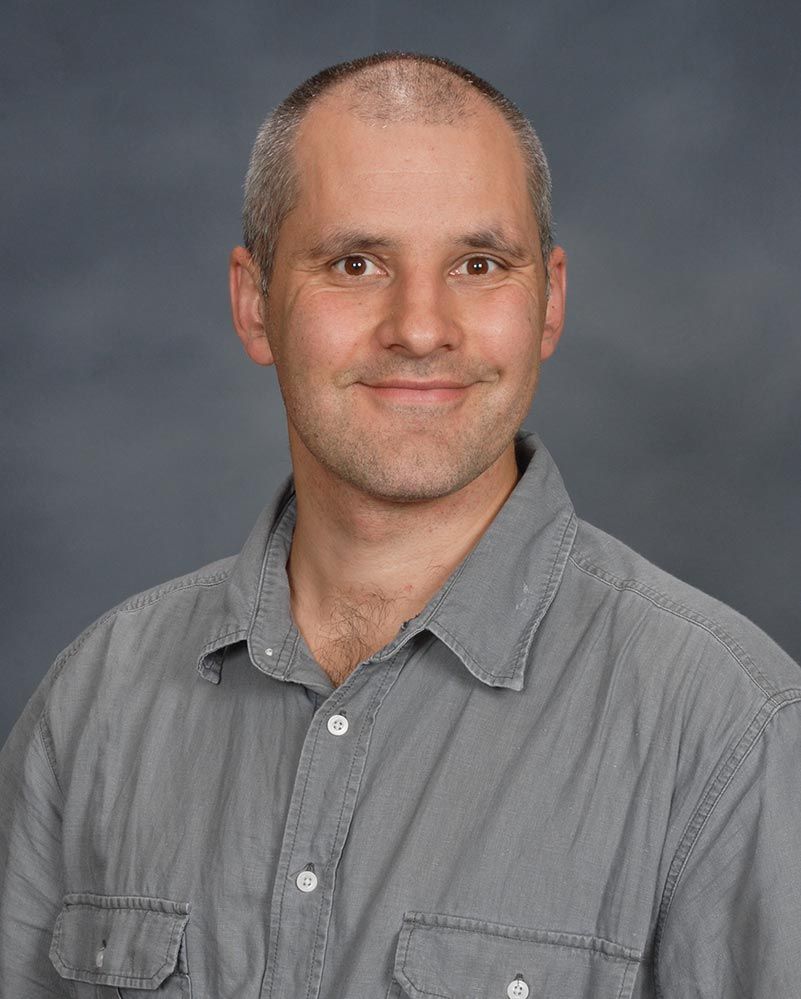 Researchers from Lehigh University, Deutsches Elektronen-Synchrotron (DESY) in Germany, and the Ruđer Bošković Institute in Croatia have demonstrated that a purely mechanical method can produce a novel, more sustainable fertilizer in a less polluting way.
Researchers from Lehigh University, Deutsches Elektronen-Synchrotron (DESY) in Germany, and the Ruđer Bošković Institute in Croatia have demonstrated that a purely mechanical method can produce a novel, more sustainable fertilizer in a less polluting way.
The synthesis method is an adaptation of an ancient technique: By milling two common ingredients, urea and gypsum, the researchers produce a new solid compound that slowly releases two chemical elements critical to soil fertilization, i.e., nitrogen and calcium. The milling method is rapid, efficient, and clean—as is the fertilizer product, which has the potential to reduce the nitrogen pollution that fouls water systems and contributes to climate change.
The team, which includes Jonas Baltrusaitis, an associate professor of chemical and biomolecular engineering at Lehigh, also found that their process is scalable; therefore, it potentially could be implemented industrially. The new fertilizer still needs to be tested in the field.
The synthesis method was optimized at the PETRA III light source at DESY, one of the few facilities in the world where mechanochemistry can be routinely performed and analyzed using X-rays from a synchrotron.
The results were published online in the journal ACS Sustainable Chemistry & Engineering.
 “On its own, urea makes for a very weakly bound crystal that falls apart easily and releases its nitrogen too readily,” says Baltrusaitis. “But with the calcium sulfate through this mechanochemical process, you get a much more robust cocrystal with a slow-release.” The advantage of this cocrystal is that its chemical bonds are weak enough to release nitrogen and calcium but strong enough to keep the two elements from being unleashed all at once.
“On its own, urea makes for a very weakly bound crystal that falls apart easily and releases its nitrogen too readily,” says Baltrusaitis. “But with the calcium sulfate through this mechanochemical process, you get a much more robust cocrystal with a slow-release.” The advantage of this cocrystal is that its chemical bonds are weak enough to release nitrogen and calcium but strong enough to keep the two elements from being unleashed all at once.
The milling procedure is fast and very efficient, resulting in a pure fertilizer without any waste byproducts except water. “Not only are we proposing a better functioning fertilizer,” says Baltrusaitis, “we also are demonstrating a green method of synthesis.”
Left photo courtesy of DESY/Gesine Born; right photo courtesy of Lehigh University, Jonas Baltrusaitis

